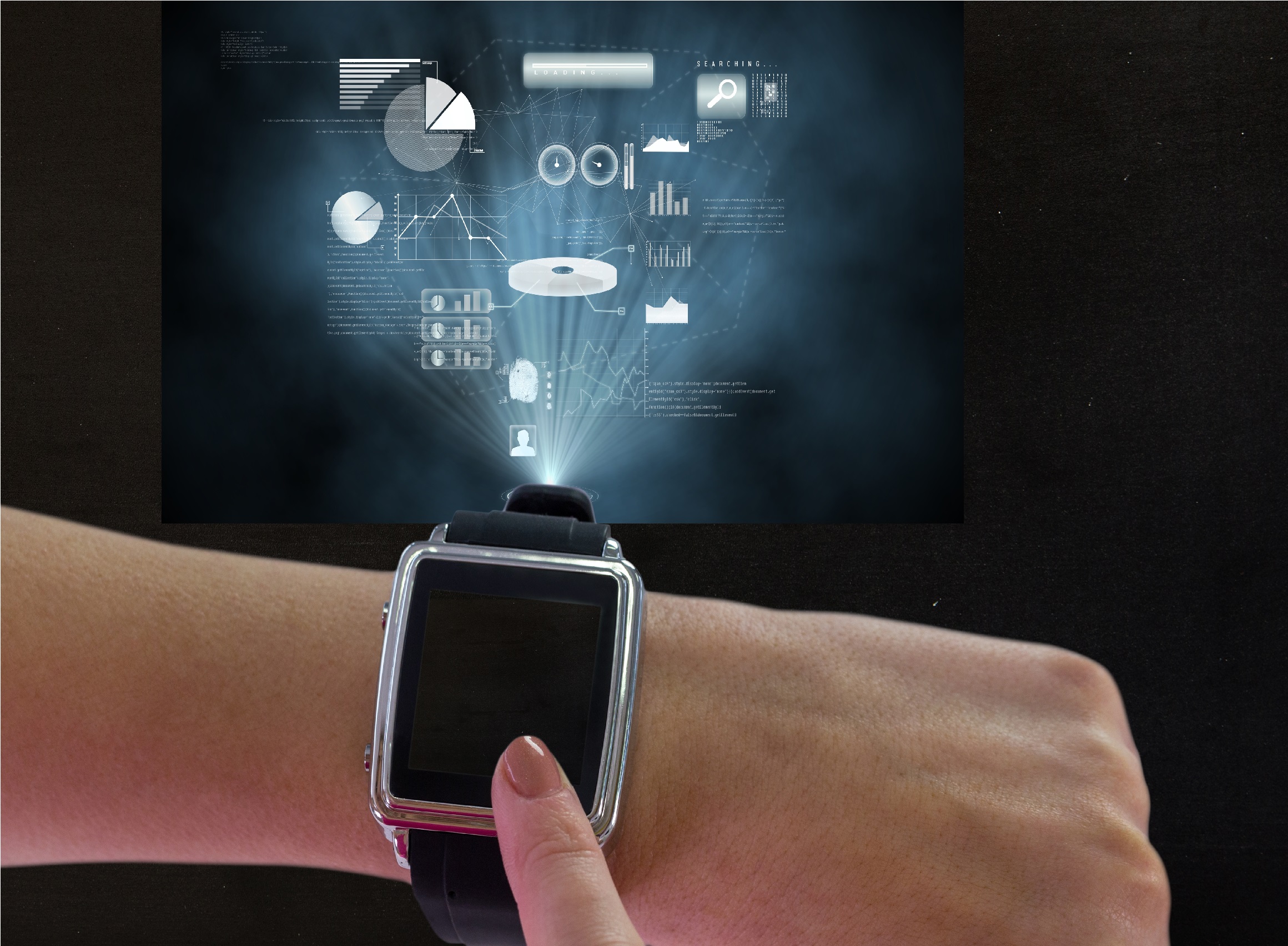In the digital age, technology has witnessed a profound shift from bulky gadgets to compact, intelligent devices that effortlessly blend into our everyday routines. One such groundbreaking advancement is wearable tech, a growing trend that integrates technology seamlessly into our daily lives. From fitness trackers to smartwatches, wearable tech is revolutionizing how we interact with the digital world. This article explores the rise of wearable tech and its impact on various aspects of our lives, highlighting its significance in enhancing health, productivity, and overall convenience.

The Evolution of Wearable Tech
Wearable tech has come a long way since its inception. It all began with simple pedometers that counted steps, evolving into advanced fitness trackers capable of monitoring heart rate, sleep patterns, and calories burned. Today, wearable tech encompasses a wide range of devices, including smartwatches, smart glasses, VR headsets, and even smart clothing. Technological innovations and miniaturization have allowed these devices to become more comfortable, stylish, and user-friendly, enabling seamless integration into our daily lives.
Health and Fitness Revolution
One of the most significant impacts of wearable tech is its ability to revolutionize the health and fitness industry. Fitness enthusiasts and health-conscious individuals have embraced devices like fitness trackers and smartwatches to monitor their physical activity, set fitness goals, and track progress. Wearable tech has made it easier for people to stay motivated, as they can receive real-time feedback on their workouts, heart rate, and sleep quality.
Furthermore, healthcare professionals have started integrating wearable devices into patient care. These devices can track vital signs, detect irregularities, and help manage chronic conditions. This data-driven approach to healthcare enables more personalized and proactive treatments, potentially saving lives and reducing medical costs.
Enhancing Productivity and Connectivity
Wearable tech has redefined the way we interact with our smartphones and other smart devices, enhancing productivity and connectivity. Smartwatches, in particular, act as an extension of our smartphones, allowing us to view notifications, send quick responses, and even control smart home devices, all from our wrists. This seamless integration keeps users connected without the constant need to check their phones, streamlining daily tasks and increasing efficiency.
In professional settings, wearable tech can play a significant role in improving productivity. For instance, smart glasses equipped with augmented reality (AR) technology can assist workers by providing real-time data, instructions, and video support in their field of view. This hands-free approach enables workers to perform complex tasks more efficiently, reducing errors and downtime.
The Rise of Personalized Data
With wearable tech collecting vast amounts of personal data, the age of personalized experiences has arrived. By continuously monitoring our activities, habits, and health, wearable devices can offer valuable insights and recommendations tailored to individual needs. This personalization extends beyond health and fitness to areas like entertainment, shopping, and lifestyle choices.
For example, music streaming services can analyze a user’s listening habits through a smartwatch and curate playlists based on their preferences. Retailers can recommend products based on previous purchases and browsing behavior, creating a more personalized shopping experience. This data-driven approach not only benefits consumers but also empowers businesses to deliver targeted and relevant services.
Challenges and Concerns
Despite the numerous benefits, it also faces challenges and concerns that must be addressed. Privacy and data security are primary concerns, as wearable devices collect sensitive information about users’ lives. Manufacturers and developers must prioritize robust data encryption and implement stringent privacy policies to safeguard user data from potential breaches.
Additionally, as wearable tech becomes more integrated into our lives, concerns about dependency and addiction arise. Prolonged usage of devices, especially smart glasses or VR headsets, may lead to social isolation or adverse health effects. It is crucial for users to strike a balance between embracing technology and being mindful of their well-being.
Future Trends in Wearable Tech
The future of wearable tech holds immense promise, as developers and innovators continue to push boundaries. Here are some potential trends we can expect to see in the coming years:
a. Biometric Sensing: Wearable devices with advanced biometric sensors that can monitor more health metrics with greater accuracy.
b. Flexible and Transparent Displays: Wearable tech with flexible, transparent displays integrated into clothing or accessories.
c. Neural Interface Devices: Brain-computer interface devices that allow direct communication between the brain and external technology.
d. Sustainability: Increased focus on eco-friendly materials and energy-efficient technologies in wearable device manufacturing.
e. Medical Breakthroughs: Wearable devices capable of detecting and diagnosing medical conditions at an early stage.
Conclusion
Wearable tech has quickly become an integral part of modern living, reshaping how we interact with technology and each other. From revolutionizing health and fitness to enhancing productivity and connectivity, these devices have become indispensable tools in our daily lives. While there are challenges to address, the future of wearable tech looks promising with even more personalized experiences and advanced innovations on the horizon. As technology continues to evolve, wearable tech will undoubtedly remain a key player in shaping the way we live, work, and connect with the world around us.
Related Articles:
1. What is Wearable Technology? Definition, Uses and …
2. How wearable technology is changing our life in real time
3. What is Wearable Technology & how does it work?



